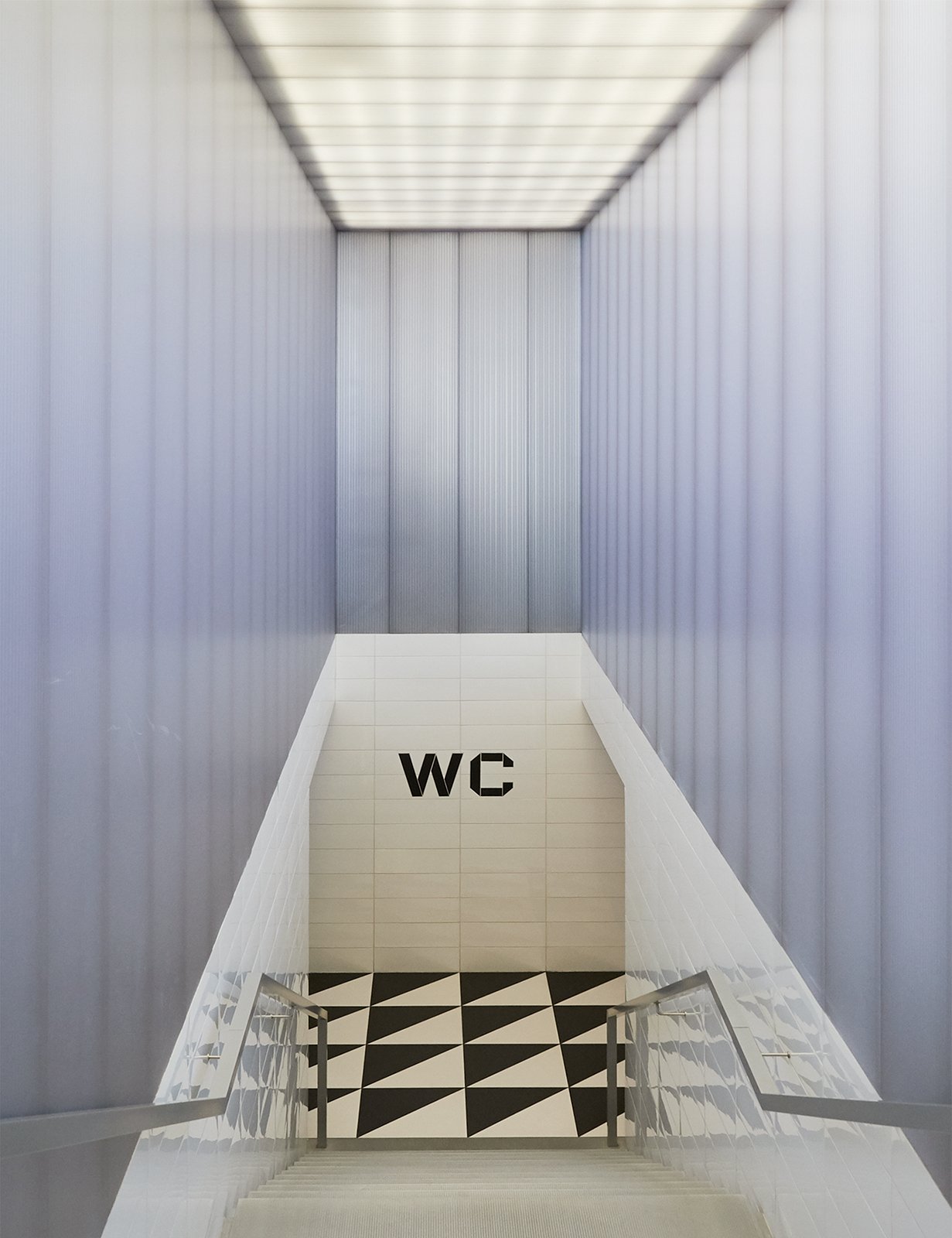Fondazione Prada
Category: Art & Architecture
Location: Milan, Italy
The world of art and the industry of fashion overlap in many ways. Both are about exploring aesthetics in new and creative ways, pushing boundaries and challenging conventions.
They are also fundamentally different. Fashion is a form of design and is thus shaped as a solution to a problem. Jackets have pockets to hold our wallets and keys, shoes have strong soles to support out bodies, and shirts have holes for our head and our arms.
Art lacks these restrictions; it is free and can take any shape or form it desires.
Miuccia Prada inherited the family business when no one else was interested. With a PhD in political science and training in the art of pantomime, it was not evident that she would enter the world of bags and accessories.
By applying her own ideas, she transformed the company, while developing it into one of the world’s most cutting-edge fashion brands.
Ever since, Prada has been a favourite among intellectuals and the creative class.
An avid art collector, Miuccia Prada had a vision of combining her interest in art with her work in fashion.
Fondazione Prada was established in 1993, and in the past twenty years, it has promoted a wide cultural programme, including film festivals, philosophical talks, and architectural projects.
In 2011, Fondazione Prada opened a new exhibition space in Venice. In 2015 its permanent Milan venue was unveiled, in Largo Isarco, just south of the city.
Conceived by OMA (led by Rem Koolhaas), the space combines several architectural typologies, thus providing a varied platform for temporary art exhibitions, as well as the showcasing of some of their permanent art works.
Formerly a distillery dating back to the 1910s, three new building structures (named “Podium”, “Cinema” and “Torre”) have been added to the complex.
The most iconic of the buildings is the “Haunted House”, a 4-story building clad in 24 carat gold foil, where pieces from the permanent art collection are on display.
The museum café, Bar Luce, is designed by Wes Anderson to emulate a typical Milanese coffeeshop.
The range of colours, Formica furniture, and wood panels are reminiscent of the Italian style of the 1950s, while the arched ceiling is a subtle allusion to Galleria Vittorio Emanuele II.
For those wanting something more substantial to eat, Restaurant Torre is located on the sixth floor of the compound’s tower and was designed by Rem Koolhaas in 2018. It is divided into two parts, restaurant and bar, both characterised by large floor-to-ceiling windows and decorated with Eero Saarinen furniture.
On the restaurant’s third level, you will find original furnishings from New York’s Four Seasons Restaurant, designed by Philip Johnson in 1958.
Among the artists represented you will find Carsten Høller, Jeff Koons, John Wesley, and John Baldessari. There is also a triangular outdoor terrace, overlooking the silhouette of Milan.
This site has become one of the most significant places for contemporary art in Milan, an inspiration for anyone interested in art – or fashion – for that matter.












